10 Points on Which I Agree With Marie Kondo
 The popular book by Marie Kondo, “The Life-Changing Magic of Tiding Up” has been a topic of many discussions between my Professional Organizer colleagues and myself. I found that I agree with many of Marie Kondo’s points, as long as you substitute the word organizing in place of the word tidying. Here is a list of 10 points on which I agree:
The popular book by Marie Kondo, “The Life-Changing Magic of Tiding Up” has been a topic of many discussions between my Professional Organizer colleagues and myself. I found that I agree with many of Marie Kondo’s points, as long as you substitute the word organizing in place of the word tidying. Here is a list of 10 points on which I agree:
- In most societies tidying (i.e. organizing) is the job that keeps the home livable, but is not taught because of the misconception that the ability to tidy (i.e. organizing) is acquired through experience and doesn’t require training. I agree with this point, because organizing is a skill that needs to be taught, learned, and, most of all, practiced.
- Effective tidying (i.e. organizing) is discarding and deciding where to store things. I agree with this point, because organizing is action. It’s discarding, in a timely manner, what is no longer wanted, needed, or used. It’s also deciding where to put things, and returning those things to the same spot every time they are used.
- Tidying (i.e. organizing) is a dialogue with one’s self. I agree with this point, because when we perform the actions of organizing, discarding and deciding, we have internal dialogues with ourselves.
- Focus more on what you want to keep in your life and space than on what you want to get rid of. I agree with this point, because it’s easier to make decisions when we focus on what’s important to us and worth keeping in our lives and spaces.
- It’s easy to part with things where there is an obvious reason for doing so, but it’s much more difficult when there is no compelling reason. I agree with this point, because we often hold onto things out of indecision or obligation.
- Sometimes never comes. I agree with this point, because when we use the word “sometimes” it is most likely an excuse. The phrases, “I might need that sometime.” or “I might use that sometime.”, are excuses to keep an item, instead of accepting that we don’t need it, and that it is time to let it go.
- If you have lived in Japan or USA all your life, you have almost certainly been surrounded by more than you need. I agree with this point, because it’s estimated that the amount of unopened merchandise in an average American home is $7,00.00.
- Clutter is cause by a failure to return things to where they belong. Therefore storage should reduce the effort needed to put things away, not the effort to get them out. I agree with this point, because more people have trouble putting things away than they do in getting them out.
- Discarding hones one’s decision-making skills. I agree with this point, because practice improves the skill of organizing.
- Tidying (i.e. organizing) ought to be the act of restoring balance among people, their possessions, and the house they live in. I agree with this point, because it has been proven that organized people are less stressed.
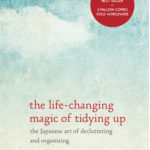

©March 2016 Janine Cavanaugh, Certified Professional Organizer® All Rights Reserved








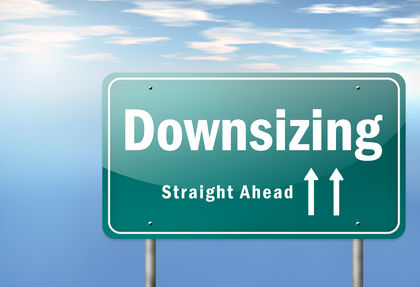





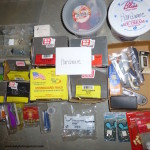
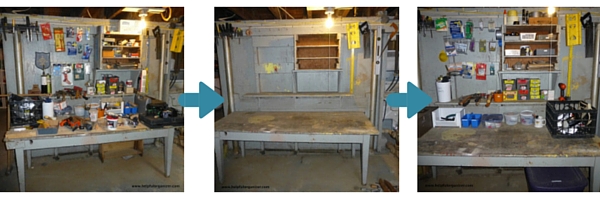

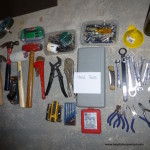
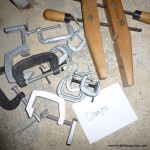



Follow Me